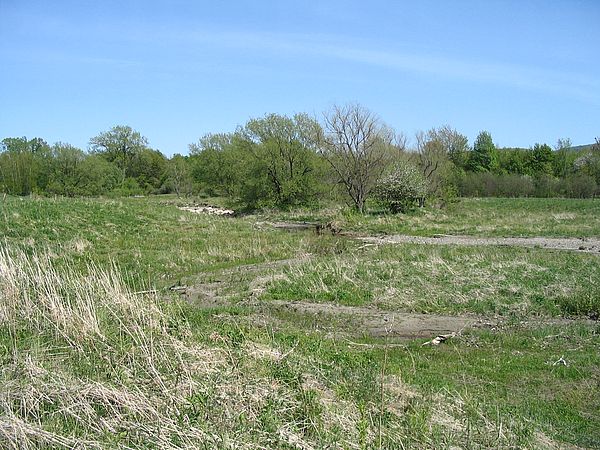In 2011 LCC completed five years of monitoring at a stream restoration site in St. Albans. Rugg Brook was targeted for restoration following an LCC assessment of the watershed. Prior to restoration, the stream had cut up to 11 feet deep into a pasture; the banks of the stream were slumping and eroding, delivering tons of sediment to St. Albans Bay. Following LCC's recommendations, a new floodplain was created so that the stream could spread out and deposit sediment rather than eroding its banks.
Five years later the stream has stabilized and established a new channel. Vegetation has grown back on the site. Willows planted as mere spikes during the restoration now stand over ten feet tall. A healthy, balanced stream system has developed.
Intensive remedial projects such as the one undertaken at Rugg Brook become necessary when streams lose their balance with the landscape that created them. Excessive manipulation of stream channels in a misguided attempt to prevent flooding, as has happened in many places following Tropical Storm Irene, often set the table for future problems like the one we tried to correct in Rugg Brook.

